Many Veterans, Many Challenges, Many Thanks
If a person randomly approached you and asked if you knew the general percentage of veterans living in the United States today, what would be your answer? If you don’t know the answer, don’t worry, only a few will know the exact number. Interestingly, these brave men and women comprise a healthy portion of the U.S. population. According to the 2015-2019 U.S. census data, approximately 18.2 million veterans live in the United States, about 7% of the adult population. This moderately large percentage makes our nation’s veterans a unique group.
Veterans performed many duties that often go ignored or taken for granted by the broader American populace. First and foremost, as members of the United States Armed Forces, veterans served and fought in numerous overseas military campaigns, often at the expense of their own lives. They are protecting and supporting allied nations to defend the land and common values against opposing countries who seek to nullify its proliferation and expansion. The U.S. Military’s role in D-Day (1944) during World War II (1939-1945) or the Battle at Inchon (1950) during the Korean War (1950-1953) provide great examples. Another forgotten commitment veterans perform is their faithful assistance in aiding other veterans. Veteran Service Organizations (VSOs) such as The American Legion, American Veterans (AMVETS), and Disabled American Vets (DAV) have as part of their constituency fellow veterans. These former soldiers help other veterans secure medical appointments, provide camaraderie, and perform other functions associated with a veteran’s overall wellness.
With all the bona fides veterans deservedly receive, veterans also possess their fair share of challenges that make day-to-day living difficult. Due to their time in the combat theatre, many veterans have suffered catastrophic injuries—even death. It does not take much imagination to comprehend the devastating effects military weapons can produce on the human body. Bullets, shrapnel, rockets, land mines, and improvised explosive devices (IEDs) inflict untold damage that has left many veterans with physical trauma and psychological scarring. One indicator of the amount of catastrophic injuries veterans receive during their military tenure resides in their service-connected disability rating. According to recent statistics, nearly two million veterans possess a service-connected disability rating 70% or greater. A service-connected disability rating is as described by the Department of Veterans Affairs (VA) as “a monetary benefit paid to Veterans who are determined by VA to be disabled by an injury or illness that was incurred or aggravated during active military service.” In short, a veteran’s high disability rating is proportionate to the severity of an “injury or illness” the veteran suffered during their time of active-duty service. Another statistic describes the majority of injury types veterans suffered were tinnitus, hearing loss, post dramatic stress disorder (PTSD), anxiety, depression, and musculoskeletal and/or joint injuries. Unfortunately, veterans and their loved ones must endure conditions like these for the rest of their lives. For the sake of our freedoms, veterans pay the ultimate price, and this reality has profoundly affected me.
Serving our nation’s veterans is a unique experience. As a fifteen-year Department of Veterans Affairs employee, I worked with veterans and loved ones to ensure veterans receive the best healthcare treatment possible. In addition, I hear many stories from veterans that are humorful, thought-provoking, and melancholy. Each anecdote ranges from their time of military service, family associations, and, sadly, health complications from their deployments in foreign military campaigns.
Words cannot describe the immense respect I have for these courageous warriors.
“Veterans know better than anyone else the price of freedom, for they’ve suffered the scars of war. We can offer them no better tribute than to protect what they have won for us.”
–United States President Ronald Reagan (1911-2004)
On behalf of The Banquet Network, thank you to all veterans for your faithful service.
Sources Cited
United States Census, accessed November 1, 2022, https://data.census.gov/cedsci/table?q=s2101&tid=ACSST5Y2019.S2101
Statista, accessed November 10, 2022, https://www.statista.com/statistics/250316/us-veterans-by-disability-status/
Statista, accessed November 10, 2022, https://www.statista.com/statistics/779730/injuries-service-related-in-us-veterans/
Department of Veterans Affairs, accessed November 10, 2022, https://www.va.gov/opa/publications/benefits_book/benefits_chap02.asp
